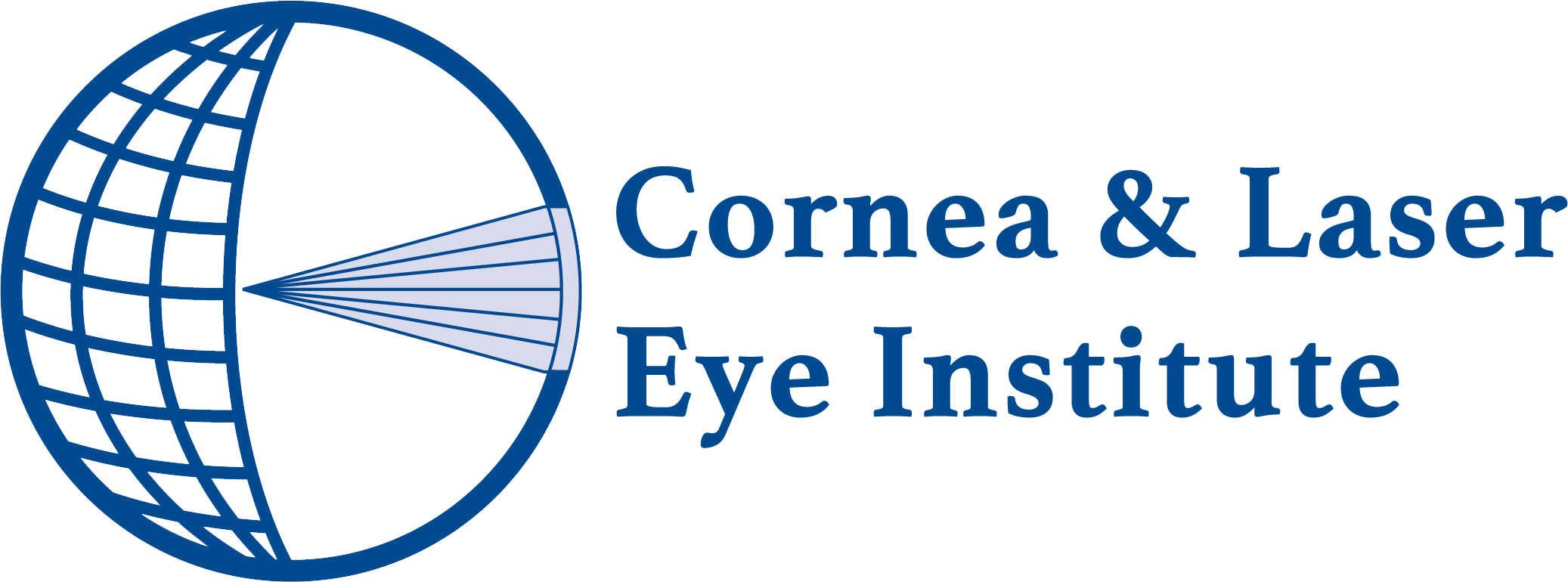If you’ve been considering vision correction surgery, you’ve probably come across two common procedures: LASIK and PRK. While LASIK tends to get more attention, PRK (photorefractive keratectomy) has been around longer and remains a trusted option today. But what is PRK, and how does it compare to LASIK?
What is PRK?
PRK stands for photorefractive keratectomy, a type of laser eye surgery that reshapes the cornea to correct common vision problems like myopia (nearsightedness), hyperopia (farsightedness), and astigmatism. By improving how light is focused on the retina, PRK helps patients reduce or eliminate their dependence on glasses and contact lenses.
PRK was the first FDA-approved laser eye surgery for vision correction, paving the way for LASIK and other modern procedures. While LASIK quickly became more popular due to its shorter recovery time, PRK is still widely performed and offers unique benefits for certain patients.
What Happens During PRK Surgery?
The PRK procedure is straightforward and typically takes less than 15 minutes per eye. Here’s how it works step by step:
- Numbing the eye – Your surgeon will use anesthetic eye drops to ensure you’re comfortable throughout the procedure.
- Removing the epithelium – The thin outer layer of the cornea, called the epithelium, is gently removed. Don’t worry—it’s similar to skin and naturally grows back within a few days.
- Reshaping the cornea – Using a precise excimer laser, your surgeon reshapes the underlying corneal tissue (the stromal layer). At the Cornea and Laser Eye Institute, we use the Wavelight EX500 excimer laser (Alcon, USA) for maximum precision. This is the the reshaping laser that is used for LASIK procedures.
- Bandage contact lens – A soft, protective contact lens is placed on the eye to act like a bandage while your epithelium regenerates. This lens is usually removed after about five days.
The entire operation PRK is quick, safe, and effective—and because no corneal flap is created (as in LASIK), there’s no risk of flap-related complications.
What is PRK Recovery Like?
PRK recovery happens in two phases:
1. Healing Phase (First Few Days)
During the first several days after surgery, your cornea’s epithelium heals and regenerates under the bandage lens. During this stage, you may experience some discomfort, sensitivity to light, and blurry vision.
2. Vision Improvement Stage (Weeks to Months)
After the initial healing, your vision gradually stabilizes and improves over several weeks. Most patients are able to drive within about one week, but it can take a few months to reach your sharpest vision.
Throughout your PRK recovery timeline, your doctor may prescribe medicated eye drops to reduce inflammation, prevent infection, and keep your eyes comfortable. You’ll also have follow-up appointments to ensure your eyes are healing properly.
PRK vs LASIK: How Do They Compare?
Both PRK and LASIK are highly effective and considered equally safe. The main difference lies in how the procedures are performed and how quickly vision recovers.
- LASIK creates a thin corneal flap that is lifted to reshape the underlying tissue. Recovery is typically faster—many patients see well within a few days.
- PRK removes the epithelium instead of creating a flap, which means recovery takes longer but eliminates the risk of flap-related complications.
When is PRK Recommended Over LASIK?
Your surgeon may recommend PRK instead of LASIK if:
- You have thin corneas – PRK removes tissue more anteriorly in the cornea, making it a safer option for patients with thinner corneas.
- You live an active lifestyle – If you participate in certain activities such as boxing or martial arts, avoiding a corneal flap reduces the risk of eye trauma complications.
So, is PRK better than LASIK? Not necessarily—it depends on your eyes, your health, and your lifestyle. That’s why a personalized consultation with our refractive surgery team is the best way to determine which option is right for you.
PRK Cost: What to Expect
The cost of PRK surgery can vary depending on several factors, including the complexity of your prescription, the technology used, and whether you need treatment in one or both eyes.
For an accurate estimate, it’s best to meet with one of our financial counselors. They’ll review your specific situation and help you understand what to expect.
While PRK does involve an upfront investment, it’s important to consider the long-term value. Many patients find that the cost of PRK balances out over time compared to the ongoing expense of glasses, contact lenses, and solutions. (See the Lifetime Cost of Wearing Glasses/Lenses Calculator on this page.)
Financing Options for PRK
At CLEI, we strive to make vision correction accessible. That’s why we like to make patients aware of several financing options for PRK, including:
- Payment Plans – CLEI provides flexible in-house payment plans through CareCredit and ALPHAEON, giving you the option to spread the cost of your procedure over several months or even years with affordable monthly payments. We offer $0 down, 0% interest financing for up to 24 months with ALPHAEON, and $0 down, 0% interest financing for up to 12 months with CareCredit.
- HSA and FSA Funds – If you have a Health Savings Account (HSA) or Flexible Spending Account (FSA), you can use pre-tax dollars toward PRK.
- Medical Loans – Some financial institutions offer loans designed specifically for elective medical procedures like PRK.
- Special Discounts – We’re proud to offer discounts for teachers, first responders, medical professionals, military personnel, and veterans.
By exploring these options, many patients find that PRK surgery is more affordable than they initially expected.
Is PRK Right for You?
Choosing between PRK vs LASIK comes down to your individual eye health, vision goals, and lifestyle. PRK is a time-tested, effective option for patients who may not be ideal LASIK candidates—and for those who prefer the peace of mind of a procedure without a corneal flap.
If you’re curious about whether PRK is right for you, the next step is a comprehensive consultation with our vision correction specialists. We’ll examine your eyes, discuss your goals, and create a customized treatment plan that helps you see clearly without relying on glasses or contacts.





